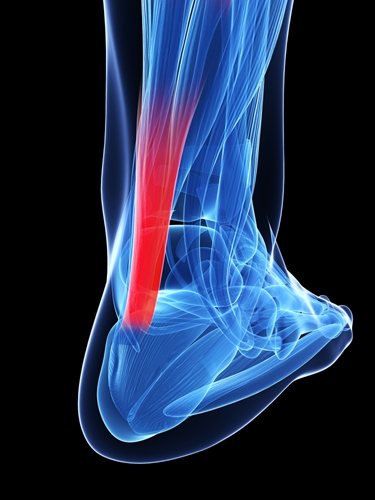Is cell therapy the next phase in orthopedics?
Cell therapy is a growing industry despite the controversy surrounding it. Regenerative medicine is now becoming more popular in orthopedics. From injectable gels to cell replacement, the actual use of these products is closer than it appears.
Harvard Apparatus Regenerative Technology Inc., RepliCel Life Sciences Inc. and Anika Therapeutics Inc. are all exploring this new branch of orthopedics. Mark Landy, director of research for medical technology and regenerative medicine at Summer Street Research Partners, told The Life Sciences Report that HART and RepliCel are at the forefront of using stem cells to treat various disorders. HART grows organs using bone marrow cells that are removed from the patient and seeded in a porous synthetic scaffold by means of the company's bioreactor. Landy added that this is well beyond the proof of concept, as 11 patients have had these organs surgically implanted.
Growth of the industry
Anika Therapeutics has grown 800 percent in the past three years, according to The Life Sciences Report. Landy said that the company makes synthetic gels called hyaluronic acid injections that can be injected into patients' knees when osteoarthritis pain become too severe to be treated with traditional methods. One of the world's largest orthopedic companies, DePut Mitek Inc., partnered with Anika to distribute this product. Landy stated that the company will begin clinical trials in the near future, and its products are currently approved in Europe to treat defects in knee cartilage.
In a recent press release, RepliCel Life Sciences announced that it has begun researching how cells from hair follicles can accelerate the repair of tendons. To complete this task in the past, collagen-producing cells were taken from a patient's neck and isolated, replicated and injected directly into a damaged tendon to stimulate healing.
"These isolated fibroblast cells are prolific in their ability to produce Type 1 collagen, the key and missing cell in the stalled healing cycle of a tendon," David Hall, chief executive officer at RepliCel, explained. "This same principle holds for aged and sun damaged skin where the collagen-producing fibroblasts have been damaged by ultraviolet light over time. Our focus is to address indications where there is a deficit of active fibroblasts. As injuries occur and people age, their ability to produce collagen and other critical proteins is depleted through repeated injury, sun damage, aging and other factors. Our technology, as it's proposed, will jump-start the healing process."
Results of recent tests
According to RepliCel, early clinical trials showed excellent results. Landy explained that these trials are an indication of the procedure's efficacy. Lee Buckler, managing director for Cell Therapy Group, said that taking cells from the patient reduces risks associated with complications and suggested that this is the reason why it is so successful.
As trials begin during the fall of 2014, the company will use healthier cells taken from hair follicles rather than the patient's neck. RepliCel intends to treat tendinosis and dermal problems, such as sun-damaged skin.
Future of cell therapy
Buckler stated that more health care, pharmaceutical and biotech enterprises, such as Pfizer, Janssen and GSK, are investing in internal or external cell therapy programs. He added that many orthopedic condition treatments are being pursued with cell therapy technologies, and that even businesses like Nestle and L'Oreal are investing in research.
Jack Taunton, professor at the University of British Columbia, stated that regenerative therapy can deal with chronic, long-term injuries associated with athletes, and added that physiotherapy, anti-inflammatories, dextrose and platelet-rich plasma injections can only go so far and many patients do not get better. According to Taunton, these new cell therapy technologies have the ability to save millions of dollars in treatment of chronic tendon disorders.



